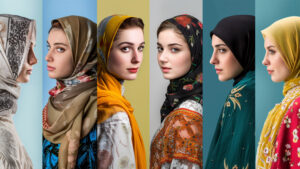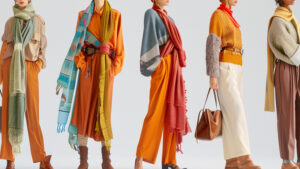
I remember the first time I wore a head wrap—it felt like stepping into someone else’s story. But was it my story to tell?
Wearing head wraps from other cultures can be respectful or offensive, depending on intent, understanding, and context.
Let’s untangle this delicate topic together.
How can you differentiate between cultural appropriation and appreciation in wearing head wraps?
My friend once asked, “Is it okay if I wear this wrap? I don’t want to hurt anyone.”
Cultural appreciation honors and respects traditions, while appropriation exploits or disrespects them.
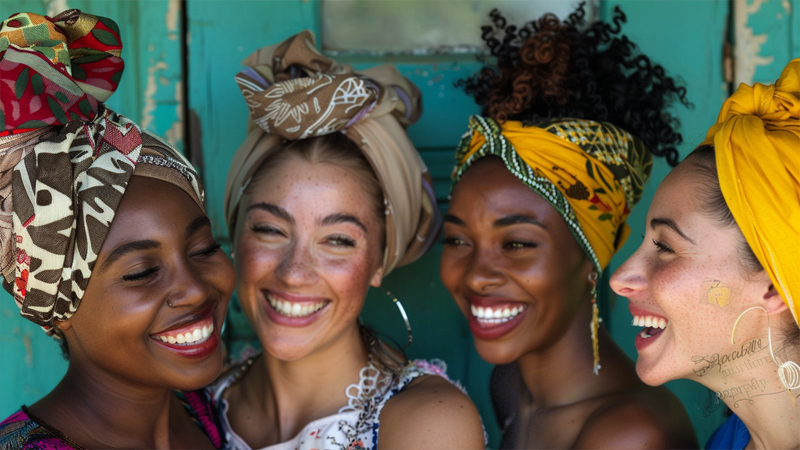
The fine line between love and theft
I’ll never forget the time I saw a high-end brand selling African-inspired wraps1 for $200—while my aunt’s handmade designs2 barely made $20 at the local market. That’s appropriation: taking without giving back.
But appreciation? That’s when my college roommate asked me to teach her how to tie a wrap for her sister’s wedding. She listened, learned, and even donated to a local Black-owned business3 afterward.
| Appropriation | Appreciation |
|---|---|
| Ignores history | Honors roots |
| Profits off culture | Supports creators |
| Mimics without meaning | Seeks understanding |
What perspectives do different cultural groups have on non-native use of head wraps?
“It depends on who you ask,” my Nigerian friend said, adjusting her gele.
Some see it as flattery, others as disrespect—perspectives vary widely across cultures and individuals.
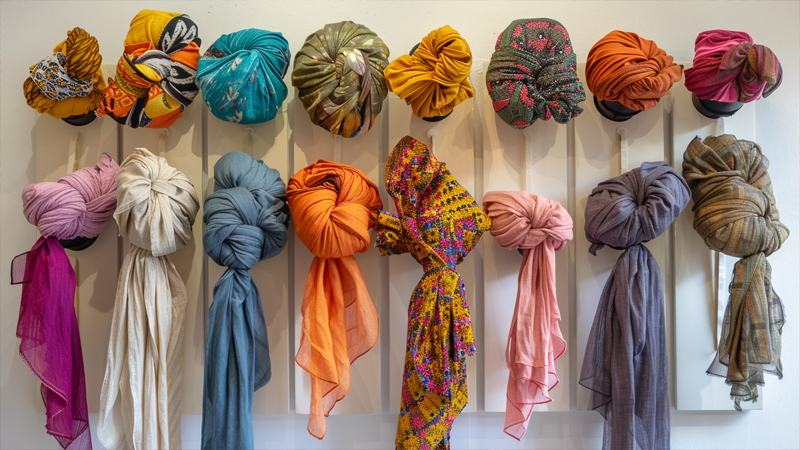
A mosaic of opinions
In my experience:
- African elders often feel proud when others embrace their traditions.
- Younger generations may see it as trendy but want credit given.
- Indigenous communities often feel protective of sacred headwear4.
I once wore a wrap to a cultural festival5 and was greeted with smiles—until someone whispered, “Do you even know what that pattern means?” That moment taught me to ask first.
What guidelines should you follow for respectful styling of head wraps from other cultures?
“Respect isn’t just a word—it’s an action,” my grandma always said.
Learn the history, credit the culture, support creators, and avoid sacred or ceremonial styles.
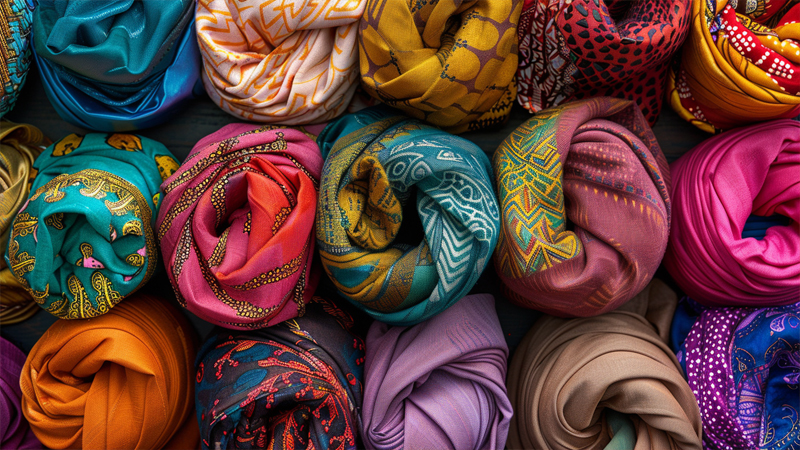
How to wear it right
Here’s what I’ve learned:
- Do your homework. Research the wrap’s origins. (Google is your friend!)
- Buy ethically. Support artisans from the culture.
- Avoid sacred styles. Some wraps are reserved for rituals.
- Be humble. If someone corrects you, listen.
Last year, I bought a beautiful wrap from a Ghanaian vendor6. She spent an hour teaching me its history—and I left with more than just fabric.
How do global fashion trends impact the perception of wearing head wraps from different cultures?
“Fashion is fun, but it’s not a free pass,” my stylist friend once told me.
Trends can normalize cultural exchange but also risk erasing the meaning behind traditions.
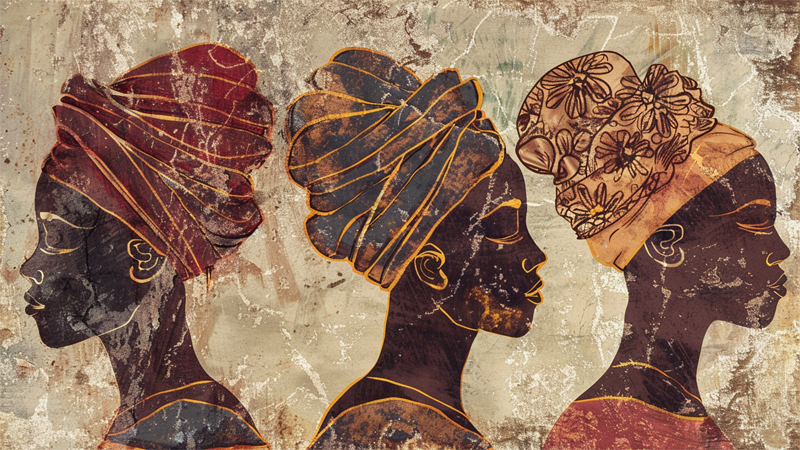
When culture becomes a trend
I’ve seen head wraps go from “ethnic” to “exotic” to “everywhere” on runways. While it’s exciting to see them celebrated, it’s frustrating when brands strip away their stories.
For example:
- Positive impact: More people learn about African textiles7.
- Negative impact: Mass production cheapens handmade artistry8.
I once attended a fashion show where models wore wraps but no one mentioned their cultural significance. It felt like watching history get airbrushed.
Conclusion
Wearing head wraps can bridge cultures—if done with respect, understanding, and love.
-
Explore the rich history and cultural significance of African-inspired wraps to appreciate their true value and artistry. ↩
-
Discover the importance of handmade designs in supporting local artisans and preserving cultural heritage. ↩
-
Learn how supporting Black-owned businesses fosters economic growth and community empowerment. ↩
-
Exploring the significance of sacred headwear can deepen your understanding of cultural traditions and respect. ↩
-
Learning about respectful practices at cultural festivals can enhance your experience and show appreciation for the culture. ↩
-
Exploring this link will deepen your understanding of the cultural impact and contributions of Ghanaian vendors in the community. ↩
-
Exploring this link will deepen your understanding of the rich history and artistry behind African textiles, enhancing your appreciation for their cultural significance. ↩
-
This resource will highlight the value of handmade artistry in fashion, showcasing the unique skills and stories behind each piece, which are often overlooked in mass production. ↩

